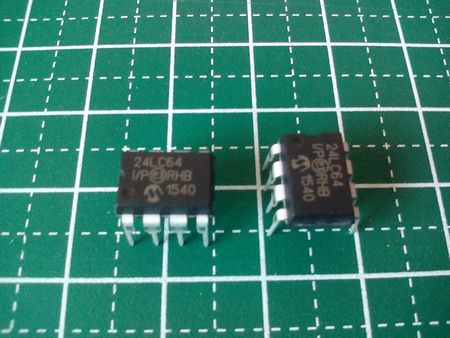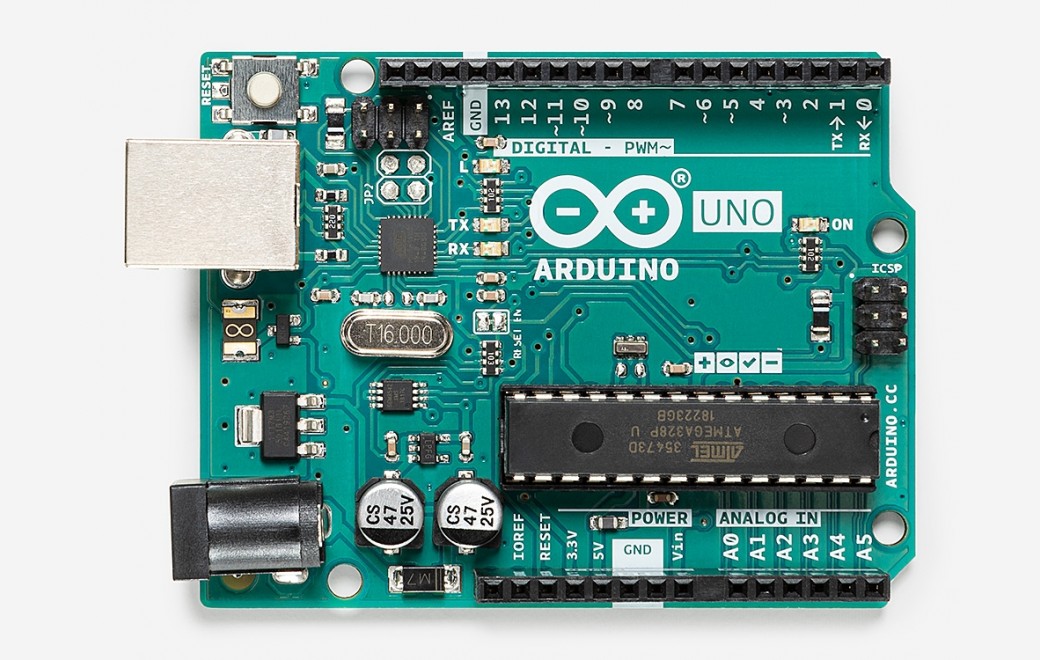

So, with the next line, my_value_1 will be equal to 2000, which is the value we haev stored before */ Extended for reading and writing basic types, structs, strings, arrays and more. *With the next line we read the number starting on position "5" and store into the my_value_2 variable. Extension of the standard Arduino EEPROM library. So, with the next line, my_value_1 will be equal to 1200, which is the value we haev stored before */ *With the next line we read the number starting on position "0" and store into the my_value_1 variable. The function will automatically fill bytes 5, 6, 7 and so on.*/ *We know that bytes 0 to 5 are already ocupied by previous line so we write the second number startingįrom position 5. avr/eeprom.h is a lower-level library that provides direct access to the EEPROM registers. However, there are some key differences between the two libraries.

Since 1200 divided by 254 = 4,7 so it will fit in 5 bytes. The avr/eeprom.h and EEPROM.h libraries in Arduino are both used to access the EEPROM memory on AVR microcontrollers. *The next line, will store the 1200 number on positions 0, 1, 2, 3 and 4 of the EEPROM automatically
#ARDUINO EEPROM H SERIAL#
Serial.begin(9600) //Use serial to check the data Template int EEPROM_writeAnything(int ee, const T& value)Ĭonst byte* p = (const byte*)(const void*)&value įor (i = 0 i int EEPROM_readAnything(int ee, T& value) We create two fucntions for writing and reading data from the EEPROM So, the enxt number must be stored on position 5 higher. The microcontroller on the Arduino boards have 512 bytes of EEPROM: memory whose values are kept when the board is turned off (like a tiny hard drive). For example, if you store first the number 1200 on position 0, you have to know that the process will ocupy positions 0, 1, 2, 3 and 4. What you have to amke sure is to not overlap the EEPROM positions. The "EEPROM_writeAnything" and "EEPROM_readAnything" functions will automatically jump from the first byte to the next and save or read the entire number, even if the value if higher than 254.
#ARDUINO EEPROM H CODE#
But with my old code I get the following error: fatal error: avr/eeprom.h: No such file or directory includeThis could be a high-score list in a game, or a set of configuration choices in a device like an alarm clock. After a long time I tried to get back in Arduino Programming. With the following code, you can write and read any data structure or variable, using any number of bytes of EEPROM to do it (of course, only as many bytes as your chip holds), all in a single call.Ī common use of this would be to have a group of related "persistent" variables that you want to save for future sessions. When saving a larger number, you have to call the EEPROM routines more than once, to save a "high byte" and a "low byte" for 16-bit numbers, or even more often for bigger numbers or other data types that cannot fit in one byte. When saving a number from 0-255, EEPROM.write is sufficient.


 0 kommentar(er)
0 kommentar(er)
